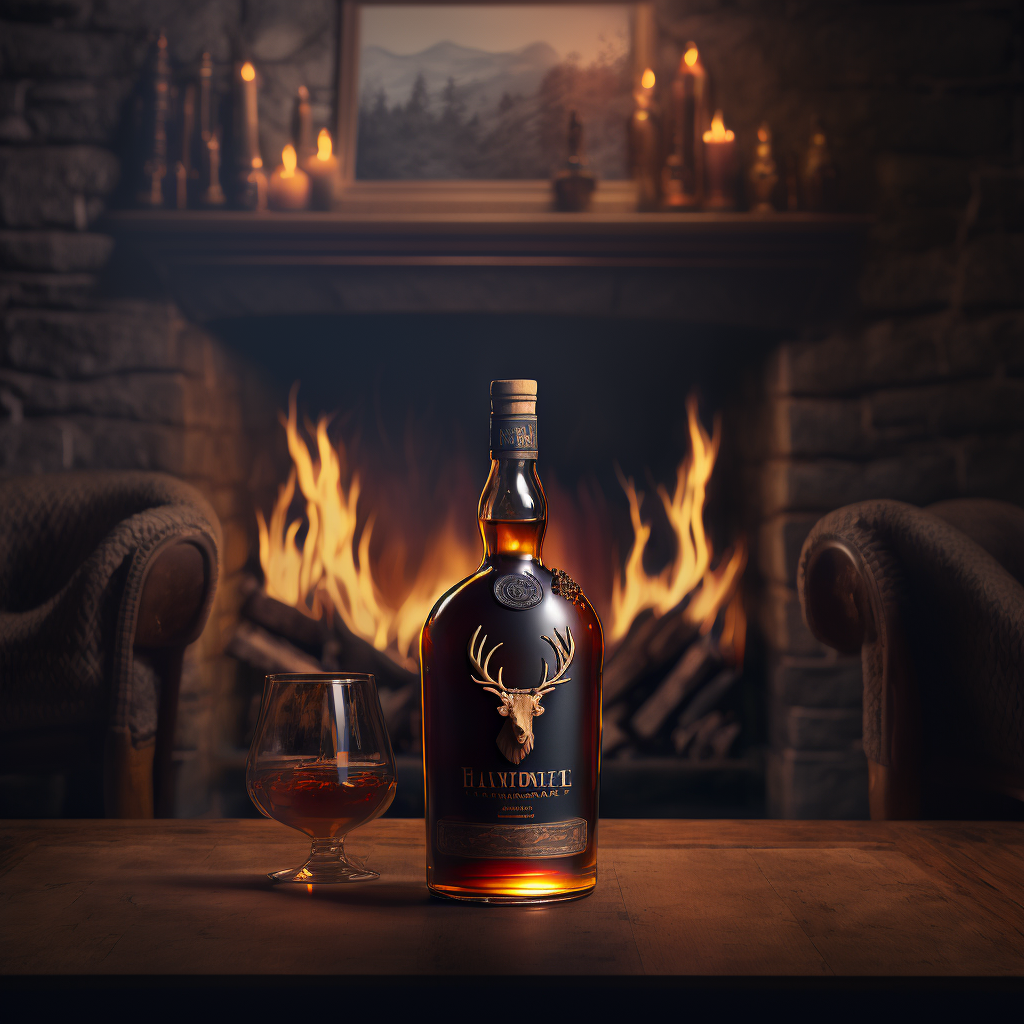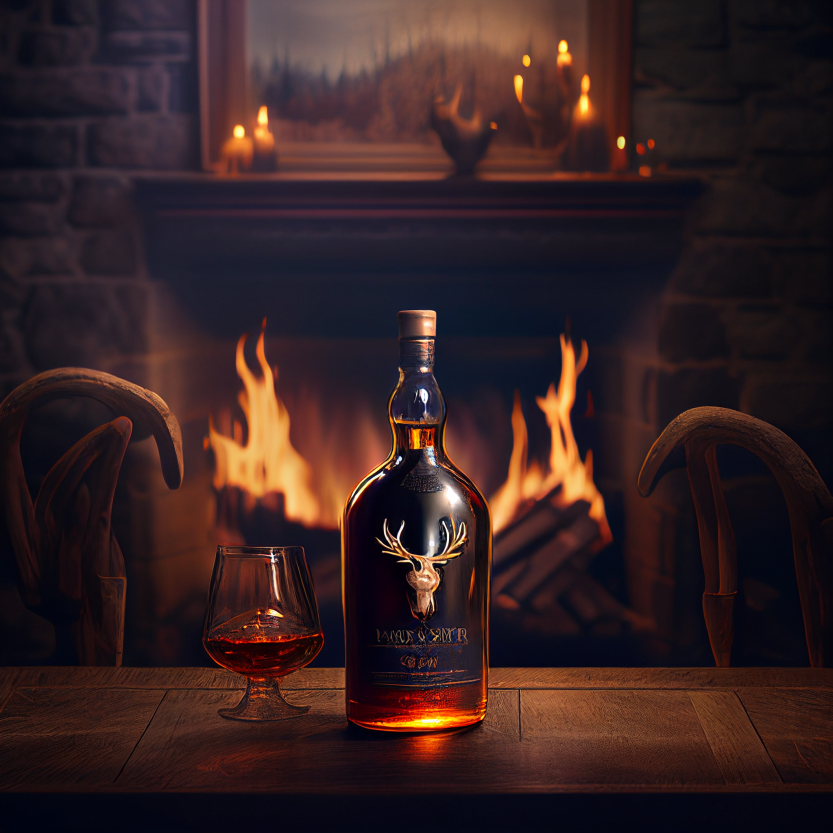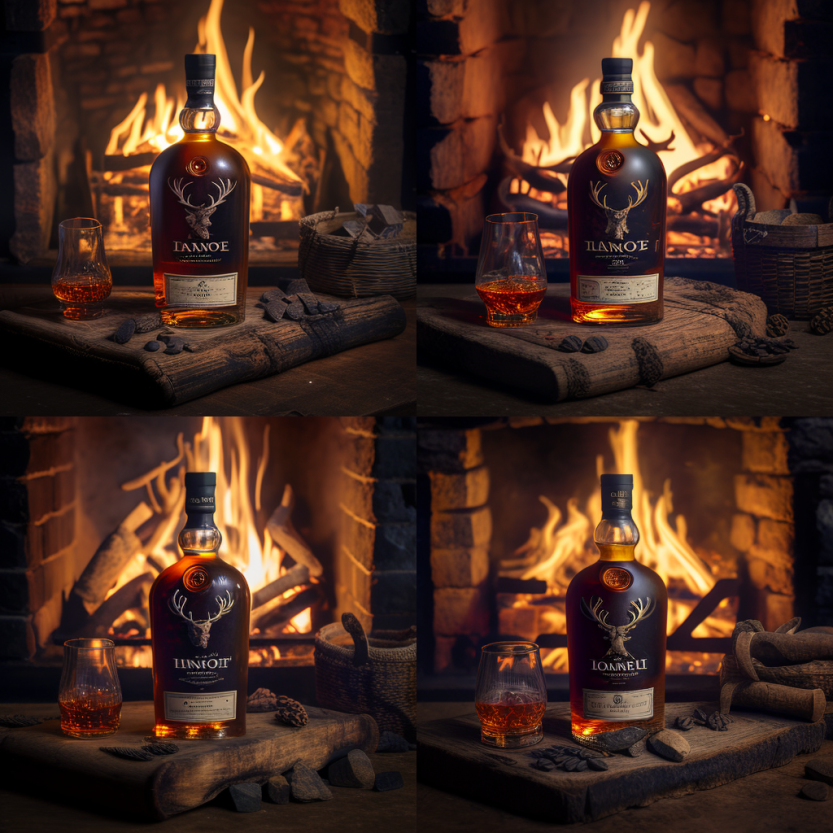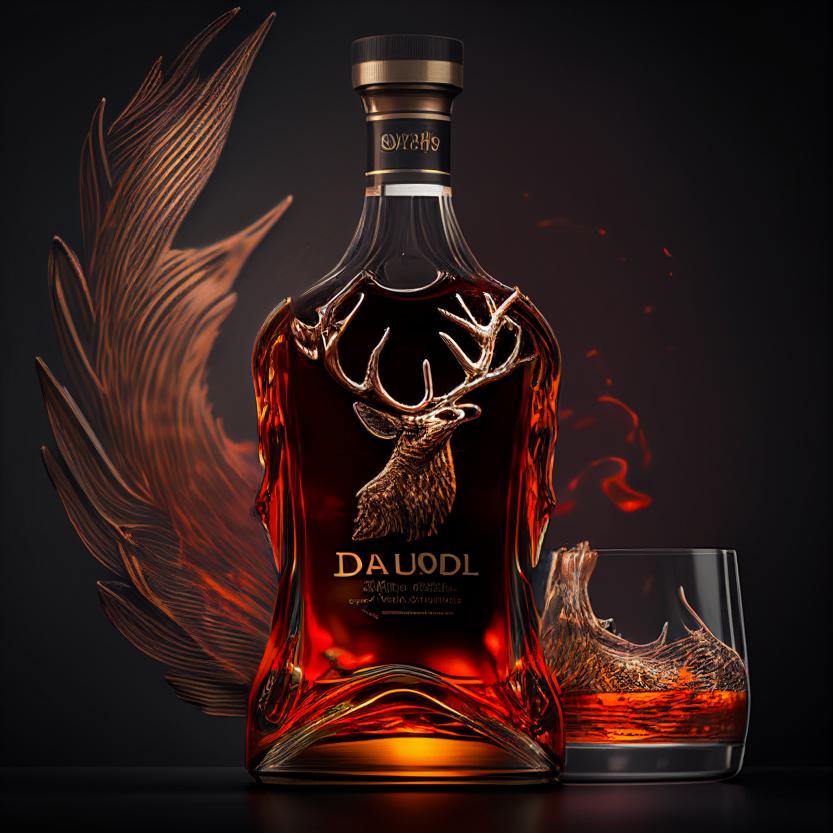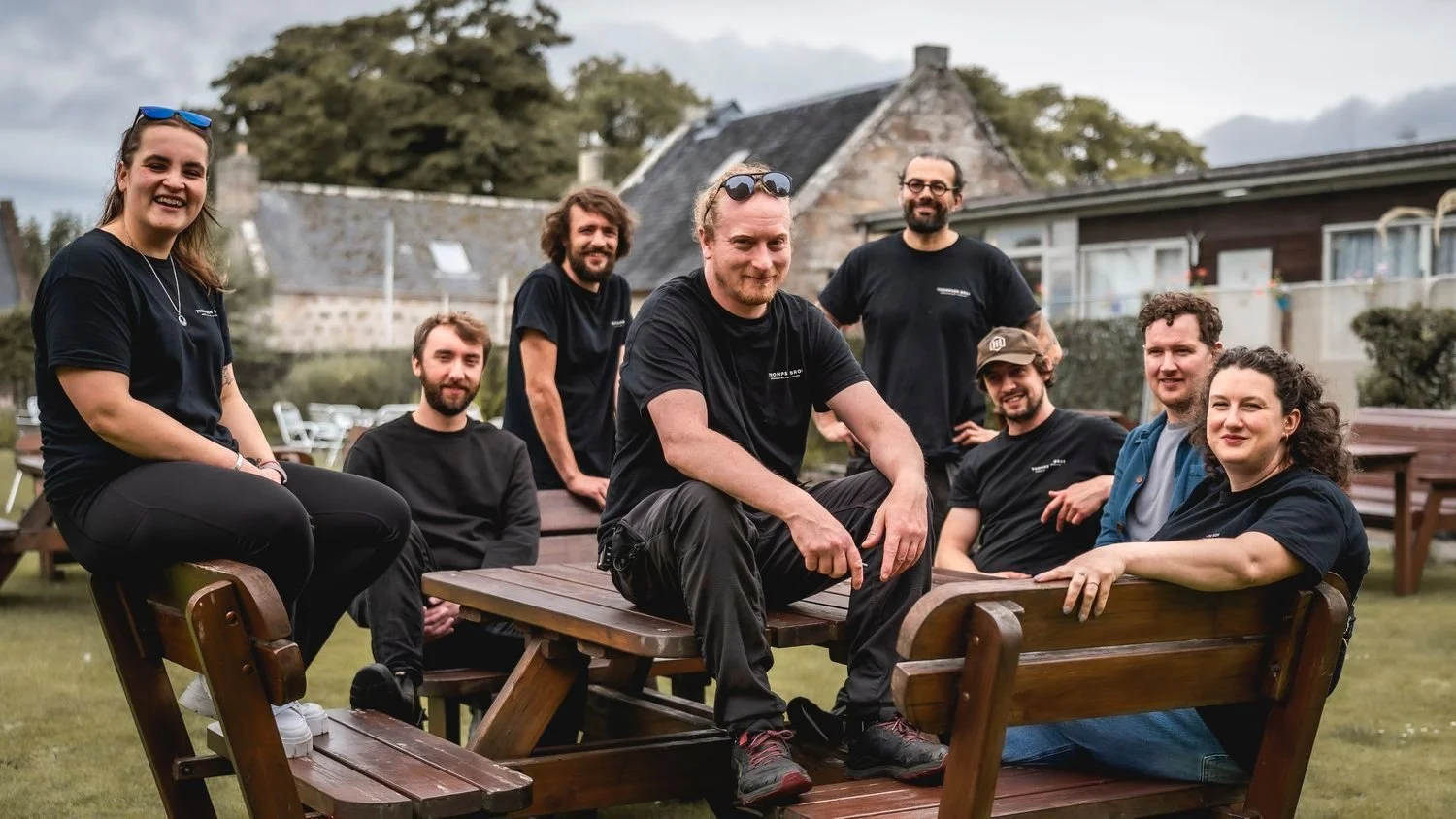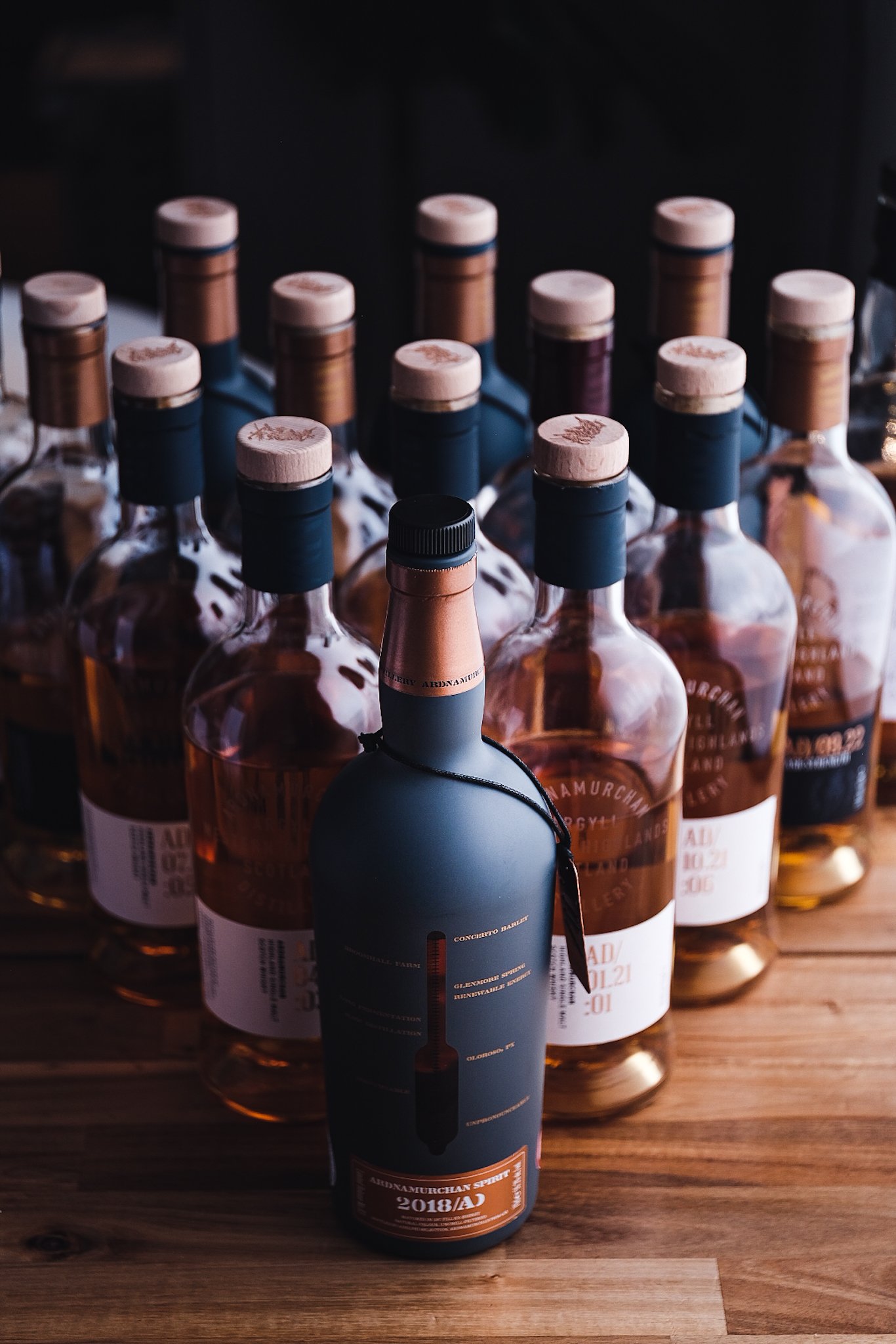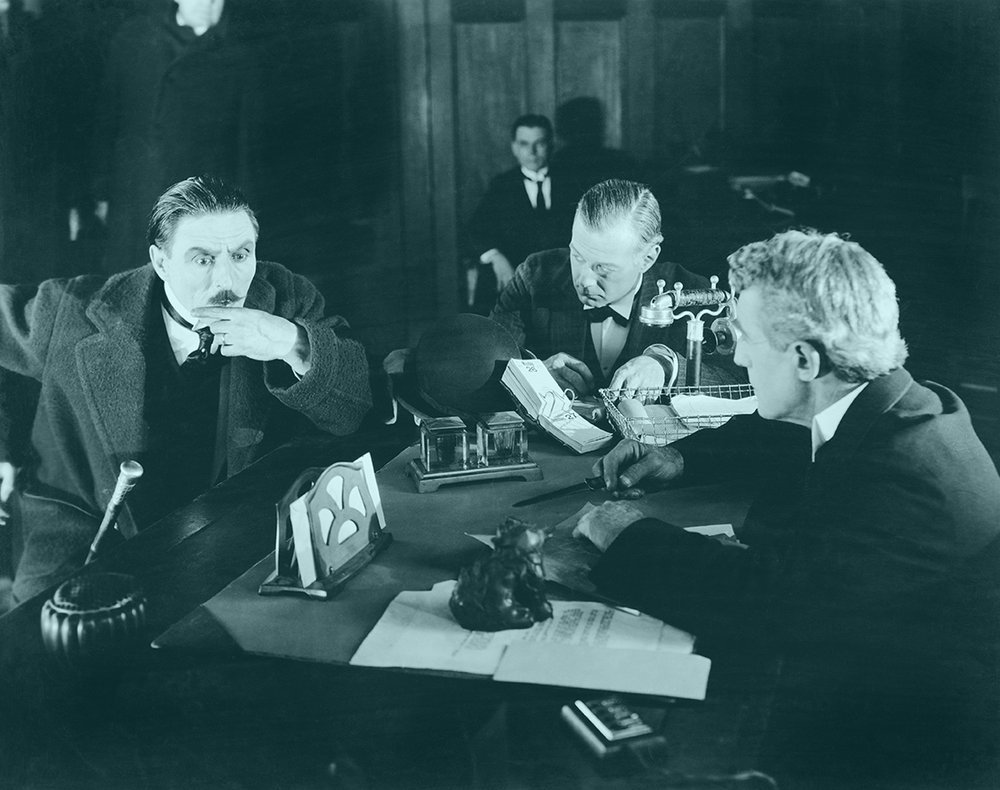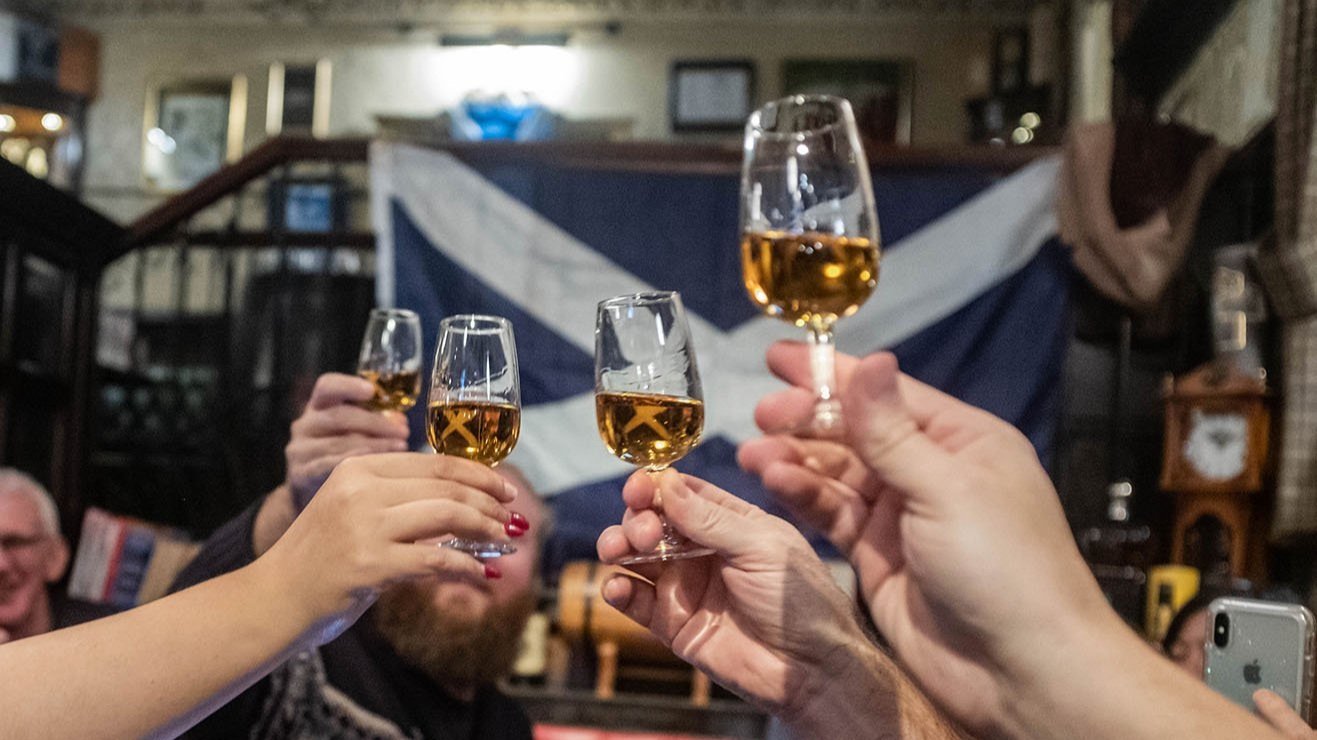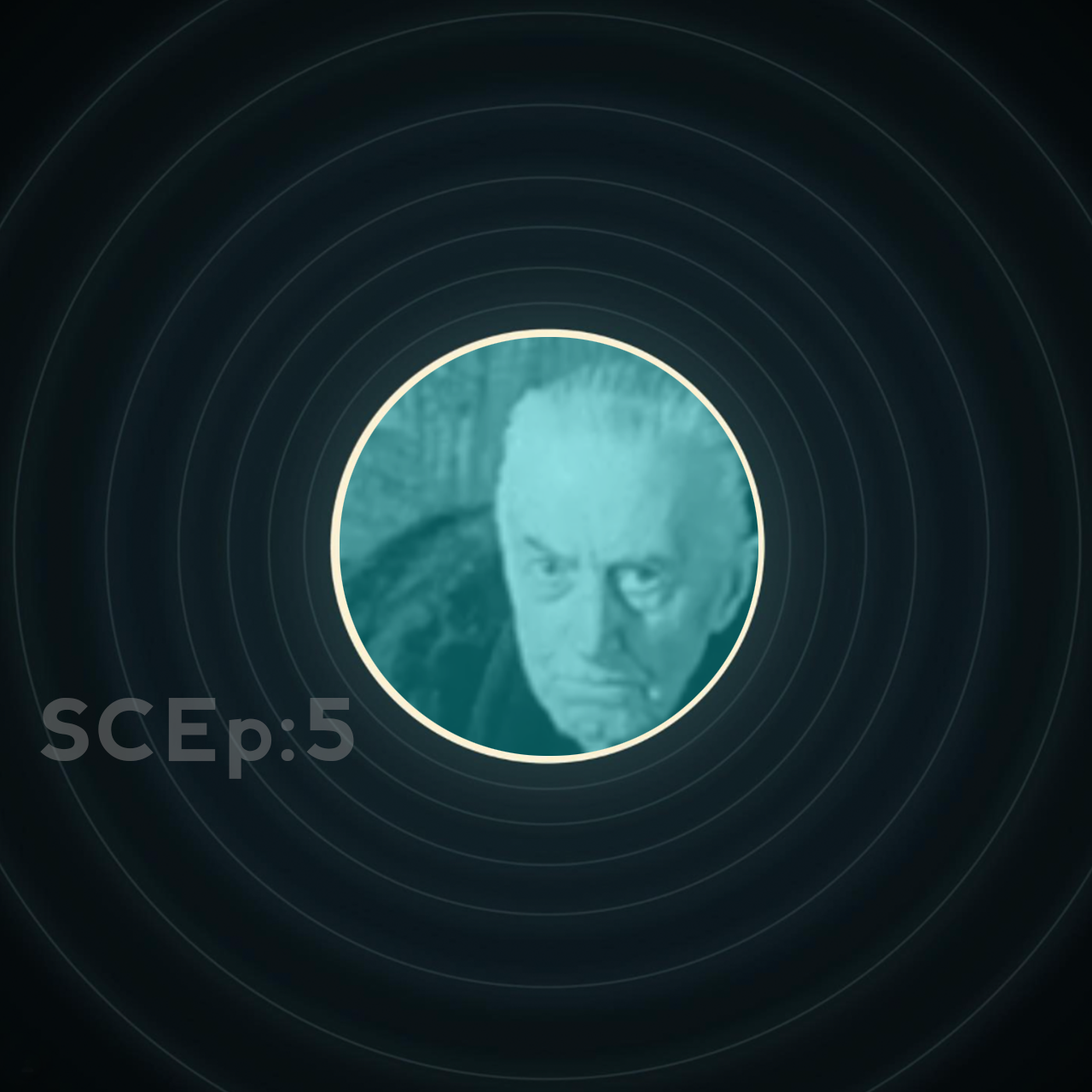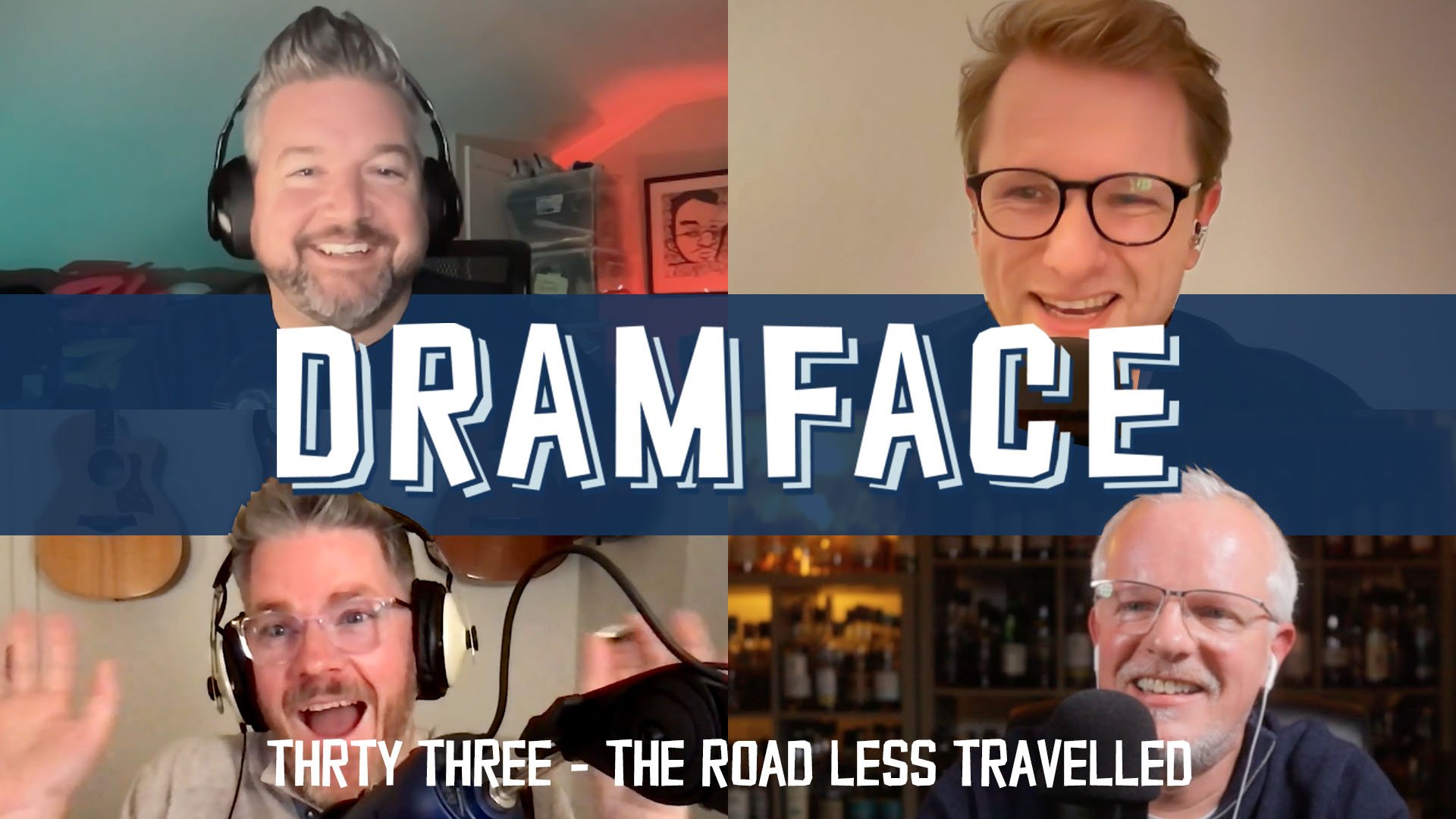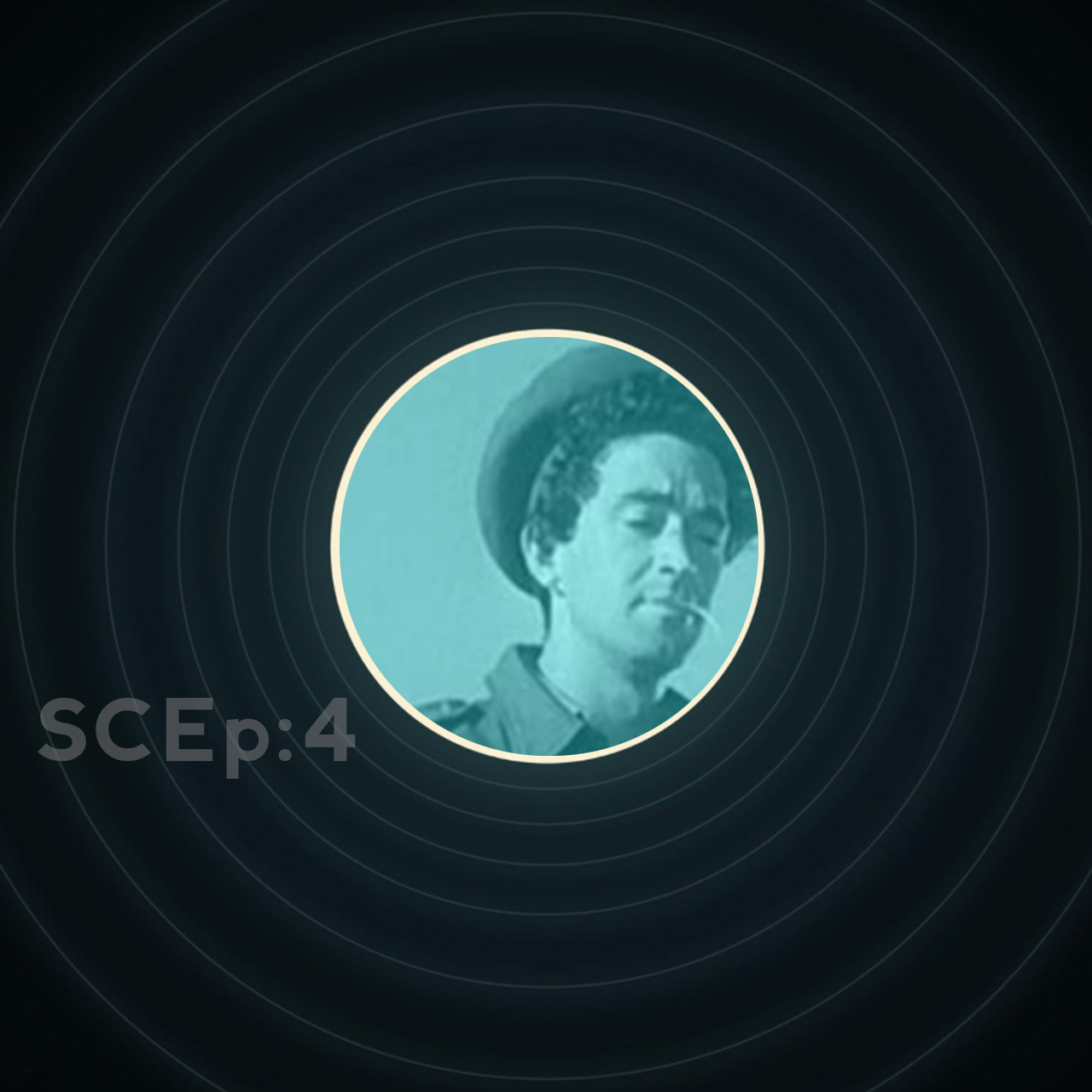Dalmore 12yo
Official bottling | 40% ABV
Score: 3/10
Disappointing.
TL;DR
Is it the end for whisky reviews?
Dear reader, to celebrate our first birthday we thought you may find the following piece interesting.
Proceed with caution. For the rest of your lives.
Original content is dead. Long live original content.
Dalmore distillery is a renowned Scottish whisky distillery located in Alness, Ross-shire, Scotland. The distillery has a long and fascinating history, and its single malt whiskies are celebrated around the world for their exceptional quality and unique character.
The distillery was first established in 1839 by Alexander Matheson, a successful businessman and politician who had made his fortune in the East India Company. Matheson was inspired by the success of other distilleries in the area, and he saw the potential for creating a world-class whisky that would rival the best in Scotland.
To achieve this goal, Matheson spared no expense in building his distillery. He hired the best craftsmen and engineers of the day to construct a state-of-the-art facility, complete with unique water source from the nearby Alness River, which he believed would contribute to the exceptional quality of his whisky.
Over the years, the distillery has undergone several changes of ownership, but it’s always remained true to Matheson's vision of creating a whisky of exceptional quality and character. Today, the distillery is owned by the Whyte & Mackay group, a leading producer of blended whiskies, and it’s widely regarded as one of the finest single malt whisky producers in Scotland.
One of the hallmarks of Dalmore is the distinctive 12-pointed stag emblem that adorns every bottle. This emblem is a symbol of the distillery's rich history which dates back to the reign of Alexander III of Scotland in the 13th century, when the King was said to have been saved from a charging stag by a local clansman. This story is an integral part of Dalmore's heritage, and the stag emblem is a tribute to the courage and spirit of the Scottish people.
Richard Paterson is a master distiller and brand ambassador and has been associated with the brand for more than 50 years, having joined the company at the age of 21 as an apprentice in the whisky industry.
During his time at The Dalmore, Paterson has become known for his expertise in the whisky-making process, particularly in the area of maturation. He’s widely regarded as one of the world's leading experts on whisky, and his contributions to the industry have been recognised with numerous awards and accolades.
Paterson has played a significant role in developing and promoting The Dalmore's range of premium whiskies, which are known for their complexity, richness, and depth of flavour. He’s also responsible for the brand's unique approach to cask finishing, which involves using a variety of different cask types to create distinctive flavour profiles.
Gregg Glass is the master blender for The Dalmore. He joined the company in 2007 as a whisky maker and worked alongside Paterson to develop new expressions of the brand's premium whiskies.
Glass is a chemist by training and has a deep knowledge of the technical aspects of whisky production, including maturation and blending. He’s played a key role in creating some of The Dalmore's most iconic expressions, including The Dalmore King Alexander III and The Dalmore Cigar Malt Reserve.
In his role as master blender, Glass is responsible for ensuring the quality and consistency of The Dalmore's whiskies. He works closely with the brand's production team to select and blend casks, ensuring that each expression of The Dalmore maintains the unique flavour profile that the brand is known for.
He’s also committed to pushing the boundaries of whisky production, experimenting with new cask finishes and maturation techniques to create innovative expressions of The Dalmore. He’s widely respected in the industry for his technical expertise and creative approach to whisky making.
While Dalmore is a well-regarded single malt, it may not be everyone’s cup of tea. Although it’s popular among many enthusiasts, there are a few aspects of this whisky that might leave some drinkers feeling underwhelmed.
One issue with Dalmore is its price. Whether or not it’s overpriced is a matter of personal opinion. Some may believe the premium price of Dalmore is justified by the quality and unique character of the product. The brand has a reputation for producing some of the finest whiskies in the world, and many enthusiasts are willing to pay a premium for the brand's expertise and attention to detail in the whisky-making process.
However, others may find the price of Dalmore to be too high for what they’re getting, especially when compared to other high-quality scotch whiskies available at lower prices. Additionally, some expressions of Dalmore may be priced higher than others, which can lead to varying opinions on the value of the brand as a whole. Ultimately, the perception of whether or not Dalmore is overpriced is subjective and can vary depending on personal taste, budget, and other factors.
Another potential issue with Dalmore is some of its expressions can be quite heavily influenced by sherry casks. While this can be positive for some whisky drinkers, others may prefer a more balanced flavour profile.
In addition to its exceptional whiskies, Dalmore distillery is also celebrated for its commitment to sustainability and environmental responsibility. The distillery is located in a pristine natural setting, and the team is dedicated to minimising its impact on the environment while still producing exceptional whisky.
Dalmore is a true icon of Scottish whisky-making, with a rich history and a commitment to excellence that’s evident in every bottle of its exceptional single malt whiskies. Whether you’re a long-time whisky enthusiast or a newcomer to the world of scotch, a visit to this legendary distillery is sure to be a memorable experience.
One of the most popular whiskies produced by the distillery is the Dalmore 12, which is matured in a combination of ex-bourbon and ex-sherry casks, giving it a unique balance of sweet and spicy flavours. The whisky is celebrated for its notes of vanilla, caramel, and dried fruits, as well as its long, warming finish.
Another popular whisky choice is the Dalmore 18, which is matured in a combination of ex-bourbon and ex-sherry casks, as well as ex-Cabernet Sauvignon wine casks. This ageing process gives the whisky a complex flavour profile, with notes of dark chocolate, espresso, and blackcurrants, as well as a hint of spice and a long, satisfying finish.
⚠️
Okay. Let’s all just stop right there. Let’s grab this ugly stag by the antlers. Everything in today’s post that precedes this paragraph, has been generated by AI. Artificial Intelligence.
That’s right. It has been written by software.
All of the above copy has been created automatically by OpenAI’s ChatGPT by our Ramsay Tavish placing specific requests such as:
Write a critical review of Dalmore 12
What is Richard Paterson’s history with Dalmore whisky?
What is Gregg Glass’ history with Dalmore whisky?
Write critical tasting notes for Dalmore 12
Then pieced together to form the copy you see above. Now, we don’t know how you feel about this right now, but it’s not intended as a prank. Some of the details need verification (I’m not sure the KA III or Cigar Malt were developed by Gregg Glass, for example, as these were way before his time at Whyte & Mackay!) but the depth the AI was willing to mine for us was very interesting. However, our hope is that it can help hammer home a realisation.
That is, if you love generic, easy-to-read, “smooth” whisky content with very little soul, value, critique or original thought, then the price of entry just got a whole lot cheaper and there’s possibly going to be a helluva lot more of it around.
No doubt you spotted something fishy about the bottle of “Dalmore 12yo” in the main image too? Yes, that’s also been generated by AI.
Our Dougie Crystal (no doubt nervous about having to toss his “primo” camera equipment in the nearest burn) has been playing around with Midjourney, an image generator that works from text prompts.
Admittedly, thus far, this could be the closest he’s come to a practical application for it, but let’s hear more from Doog’s research:
How powerful. How fantastic. How infinite. How scary.
We have at our fingertips the ability to type some basic words into a box, and a computer with incredible resources will manifest a completely unique, original image.
My initial idea, when asked to generate an AI image of Dalmore 12, was the cliche scene of whisky before a raging fire atop a rustic wooden surface in, what looks like, a castle. So I typed that in and the images quickly followed.
Then I thought of extending that concept outside, to nature and the things we find in whisky that are so very evocative. Heather, lochs, sunsets and stags. Very cool.
But what if I just typed “Dalmore”. This is when things got really interesting. I’m letting Midjourney come up with something based upon that single word, and it’s fascinating. Not only was the bottle more accurate to Dalmore’s own, but the imagery was dark, moody, brooding and dynamic. Big swathes of splashing liquid, as if the Dalmore bottle was a lighthouse standing stoic against the raging storm. Antlers grew out of the bottle itself. Interestingly enough, the more you create variations of any image, and the more you upscale and iterate, the more frightening the image becomes - it starts to uncoil, disintegrate, melt and fray. Symbolic? Maybe.
I spent 40 minutes iteratively investigating these rabbit holes of time and magic. To have the ability to generate extremely powerful images based upon very little effort is a fantastic tool for creative minds and a hugely powerful resource for inspiration, but also a very scary prospect for original thought and ownership of art.
I loved this wee fleeting moment of fancy.
All of this is still in Beta, but there’s no doubt we’re witnessing the quickening. It’s already powerful, fascinating, daunting and more than a little ominous.
Those of you who felt a little discomfort reading ‘Wally’s’ words while looking at these slightly dream-like and bizarre images will already be feeling your senses triggered, no doubt. While the copy was fascinating and way better than we might reasonably expect software generated content to be, we hope that its fakery became blindingly obvious early on.
So, what’s the takeaway here? Well, in case it’s not obvious, everyone is going to have to start becoming even more discerning about their content consumption. Even the most bored, jaded and dispassionate scribe has just been usurped in the cynicism stakes.
In 2023 and beyond, everyone needs to find the passion, the truth, the individual opinion and the true experience in the detail. More than ever before, everything needs to have a discernible, demonstrable value; an intrinsic truth, opinion and critique. Something you can actually feel. I suppose what I’m saying is; a human quality.
We know there’s no need for reassurance from Dramface (not yet at least), but when it comes to this little corner of the whisky sphere, we‘ll always give our warts-and-all, guts-out, honesty-before-everything take on whatever we review and do. Especially as you grow to recognise the writing style of each of our team, you’ll know that the ramblings are directly from the very fingers and braincells that are connected to a passionate whisky-sooking face and that they’re doing this for no other reason than the sheer love of it.
Today is an exception. We hope it’s fun to consider but the score here is, in fact, fussy ol’ Wally’s actual take on Dalmore 12yo. Three points. Disappointing. I’m not huge fan of one of scotch whisky’s flattest experiences in a bottle. But, for this unique experiment, just this once, everything else is from the brain of artificial intelligence. Quite an amazing thing. How amazing?
Well, as if to hammer it home, we’ll let the AI take care of the review too.
Over to you ChatGPT…
Review
Dalmore 12yo, available everywhere and includes a free plastic stag’s head on every bottle, coloured, chill-filtered, coloured, 40% ABV
£60 in the UK but available everywhere.
Nose
The aroma is quite inviting, with notes of dried fruits, honey, orange peel and a hint of chocolate. However, some may find that the sweetness dominates the nose and that the aroma lacks the depth and complexity that one might expect from a whisky of this price point.
Palate
On the palate, the whisky has a smooth and velvety texture, but the flavours may come across as one-dimensional. There are notes of caramel, toffee, and vanilla, which are all pleasant, but they don't develop into more complex flavours that might be expected from a single malt whisky. Additionally, some may find that the sweetness overwhelms the palate and that the whisky lacks the spiciness and depth that would make it truly exceptional.
The finish is long and warming, with a hint of oak and a touch of citrus that lingers on the tongue. However, some may find that the finish is not particularly distinctive or memorable and that it lacks the complexity and depth that would elevate the whisky to the next level.
The Dregs
In conclusion, while Dalmore 12 has many positive qualities, it may not satisfy those who seek a more complex and nuanced whisky experience. Its smooth texture and pleasant flavours make it an easy-drinking whisky, but the lack of depth and complexity on the nose and palate may leave some whisky enthusiasts wanting more. Its sweet and one-dimensional profile may also be a drawback for those who prefer a more balanced and diverse range of flavours. However, its long and warming finish with hints of oak and citrus offers a pleasant and satisfying conclusion to the drinking experience. Overall, while Dalmore 12 may not be the most exceptional whisky in its price range, it remains a solid and reliable choice for those who enjoy a smooth and easy-drinking whisky.
(Score: 3/10 WMc)
We hope we’ve not darkened your Friday too much, wish us a Happy Birthday in the comments, we’ll reply to every one.
With thanks to Ramsay Tavish and Dougie Crystal
Tried this? Share your thoughts in the comments below.
-
Dramface is free.
Its fierce independence and community-focused content is funded by that same community. We don’t do ads, sponsorships or paid-for content. If you like what we do you can support us by becoming a Dramface member for the price of a magazine.
However, if you’ve found a particular article valuable, you also have the option to make a direct donation to the writer, here: buy me a dram - you’d make their day. Thank you.
For more on Dramface and our funding read our about page here.
Other opinions on this:
To the best of our knowledge the videos below are not made using AI.
Got a link to a reliable review? Tell us.

